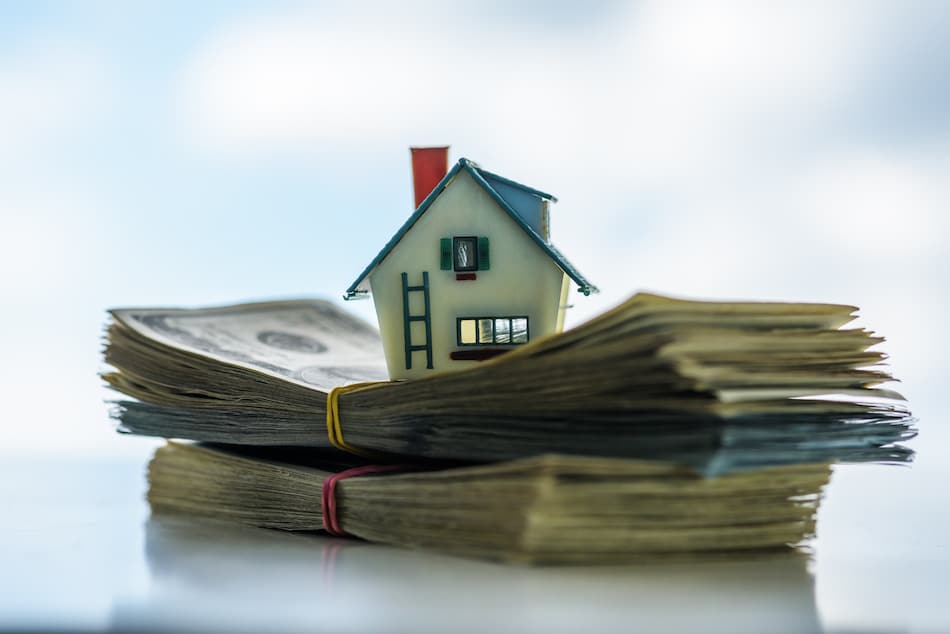
How to Use Your 401k Toward a Down Payment
 Are you look to purchase a home but cannot come up with a large enough down payment to get the best terms on a conventional loan? There are ways to come up with more money to use toward this objective, including tapping into one’s 401k. One should carefully consider all options, but in some cases withdrawing funds from a 401k may be a helpful way to get into a desired home.
Are you look to purchase a home but cannot come up with a large enough down payment to get the best terms on a conventional loan? There are ways to come up with more money to use toward this objective, including tapping into one’s 401k. One should carefully consider all options, but in some cases withdrawing funds from a 401k may be a helpful way to get into a desired home.
Understand more about using money from a 401k to make a larger down payment, how to withdraw funds and what to expect in this simple guide.
Should You Withdraw Money From a 401k?
A 401k is intended as an investment vehicle and many of the tax advantages are lost if funds are withdrawn early. The fund itself may charge an early withdrawal fee. A healthy 401k is one of the vehicles one may rely upon to build savings for retirement. However, it is possible to withdraw funds without a penalty fee in specific situations.
Use Your Savings Account to Raise Funds
It is possible for prospective homebuyers to use funds in their 401k to raise sufficient funds to put toward a down payment. There are two ways to do this. First off, there is taking the money from the 401k as a hardship withdrawal. An individual would withdraw the funds outright. In such a case, a person would have to pay the full income tax on the amount and would have to pay a 10 percent penalty tax in cases where the person withdrawing the amount is younger than 59.5 years of age.
On the other hand, another approach is to borrow from the account for up to half of the value of the 401k or up to $50,000. The lesser amount will have to be used toward a home purchase. A borrower is loaning themselves the money and will need to pay an interest rate on the loan that may be two points over that of the prime rate. In this case, the withdrawn amount, in the form of a loan, needs to be repaid generally within a five year period. When a prospective homebuyer applies for a home mortgage it is necessary to disclose this loan to a lender. Issues with repayment of the loan can trigger taxation and a penalty on any outstanding balance.
401k loan or Mortgage Insurance
This is an interesting aspect to consider for those looking to buy a Blaine home with a conventional home mortgage loan. Those who cannot make a large down payment and demonstrate a significant loan to value ratio may be obligated to pay monthly mortgage insurance on the home loan. This additional expense goes to the lender and does not help to pay off the mortgage loan but will eventually drop off once enough equity is established. Deciding to loan oneself money from a 401k account can reduce the home loan amount required, as well as the loan to value ratio.
Borrowers may not need to pay for mortgage insurance, on top of their home loan. However, they will need to pay back their 401k loan, but much of the money will be going directly back into the 401k account. In some cases payments to a 401k may be more than that of the mortgage loan and mortgage insurance. However, borrowers are paying themselves back with a 401k loan.
Concerns with a 401k Loan for a Down Payment
Those who may be struggling with debt or have difficulty coming up with monthly mortgage payments may not want to withdraw money from a 401k. There are penalties for not paying back the loan. Individuals who may want to look into the option include those who have a good cash flow, yet not enough money for a down payment of 20 percent for a conventional loan. Speak with a lender to understand all available options. There are other programs that may be a practical solution for those who are making smaller down payments, including the Federal Housing Administration (FHA), The Department of Veterans Affairs (VA), and The U.S. Department of Agriculture (USDA).
A Good Idea
Finding means to come up with a larger down payment can help home buyers get better terms on loans and reduce the obligation to pay PMI on a conventional loan. However, there may be strings attached to taking out a 401k loan or deciding to take money out as a hardship withdrawal. Carefully consider all options as among other types of loans may be a feasible alternative to a conventional loan which will not require one to go into their retirement savings account.



